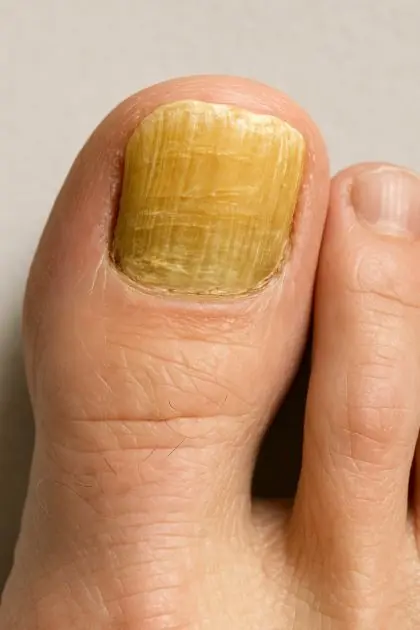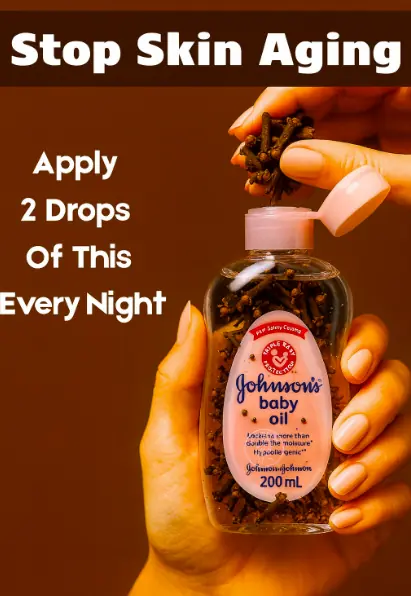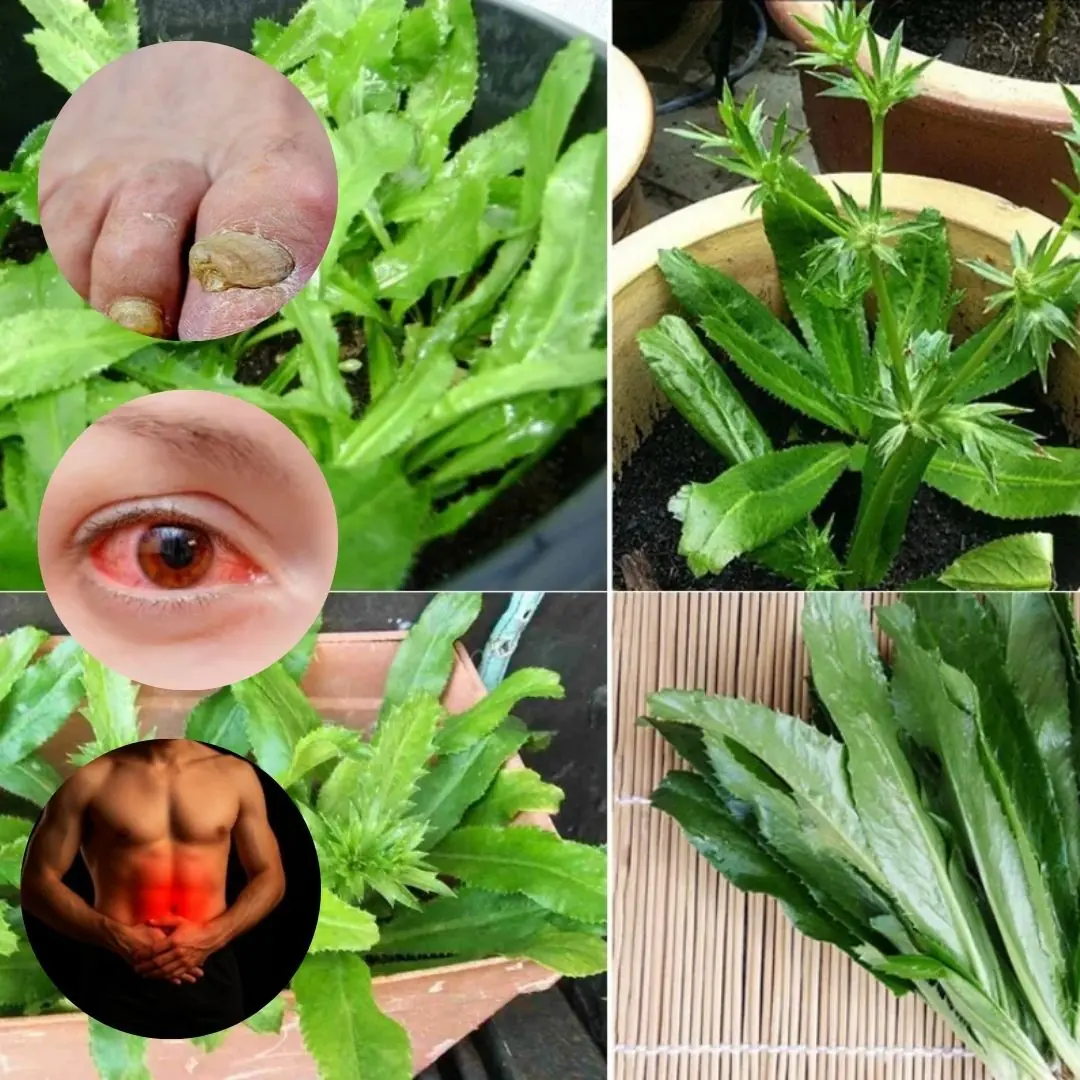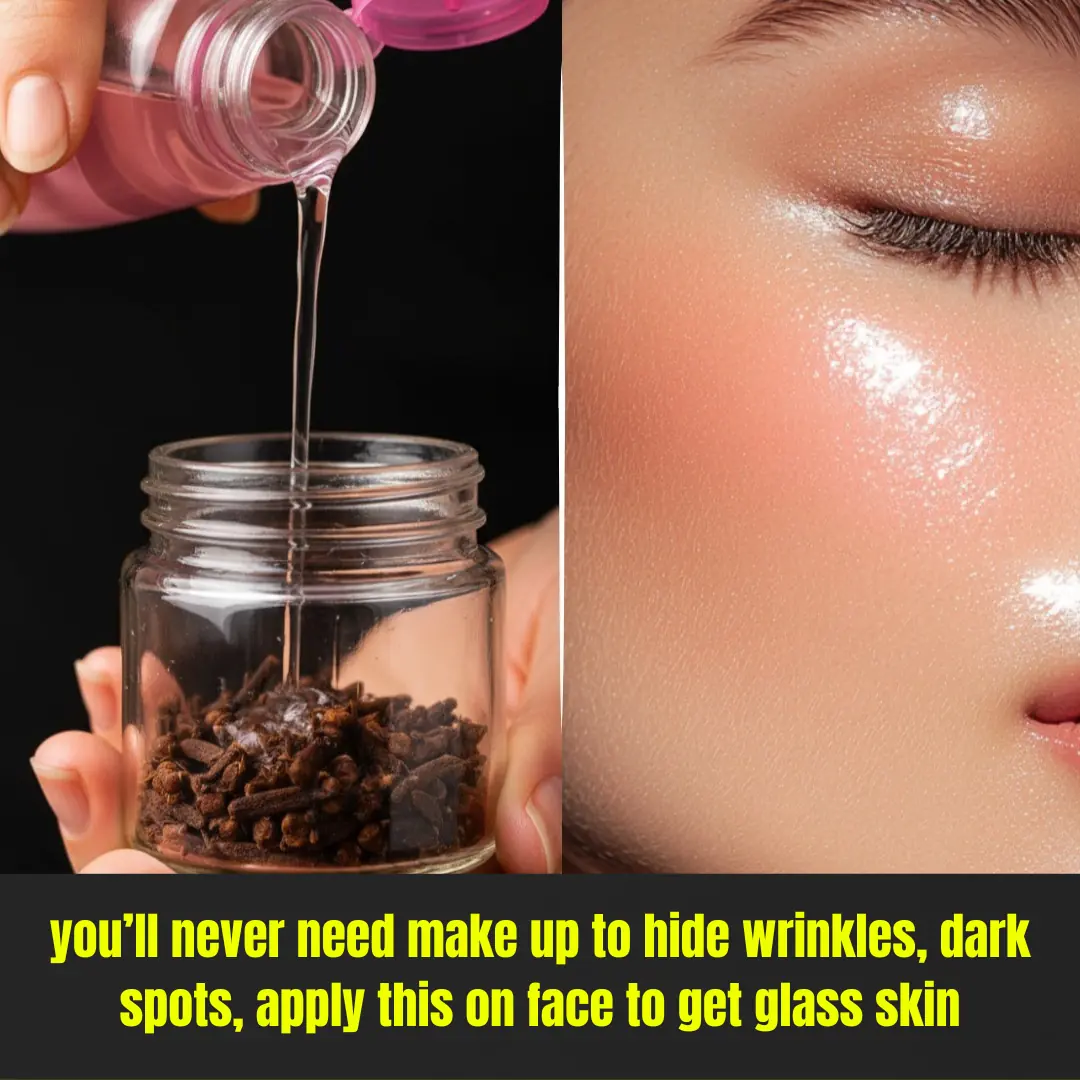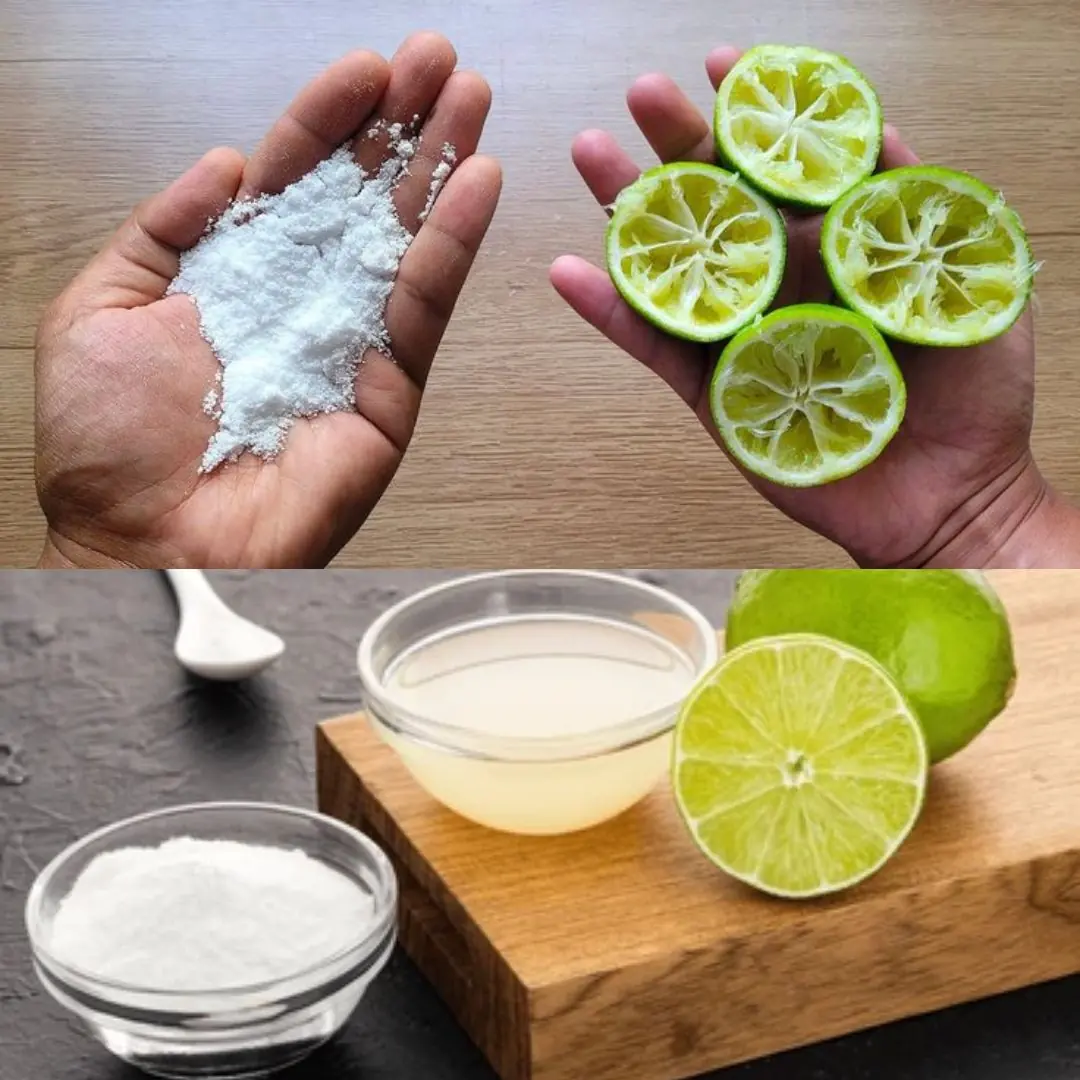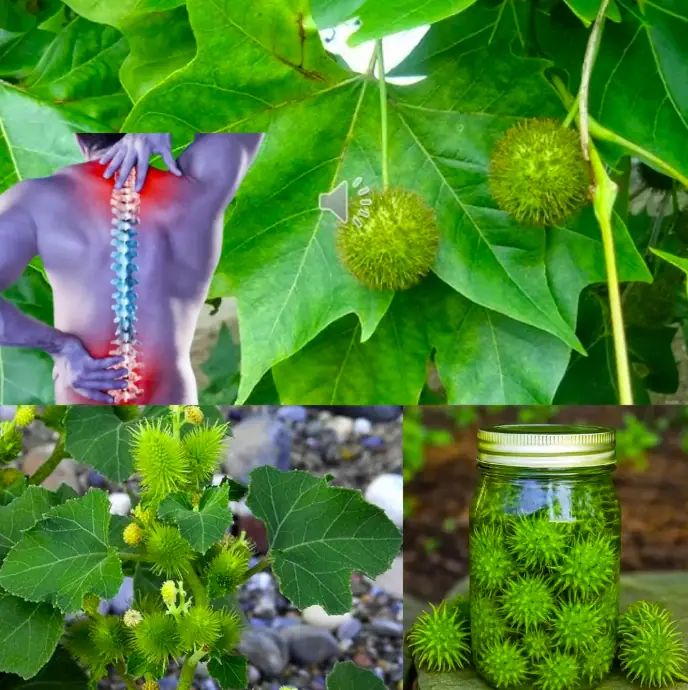When you notice your toenail turning thick and yellow, it can be both alarming and frustrating, especially if you're unable to see a healthcare professional immediately. A change in toenail color and texture is often a sign of an underlying issue, and understanding what it could mean is crucial for addressing the problem effectively. This article aims to provide information on potential causes, treatment options, and preventive measures for thick and yellow toenails, helping you manage the condition until you can receive professional medical advice.
Thick and yellow toenails are most commonly associated with fungal infections, but they can also result from other conditions such as psoriasis, trauma, or systemic diseases. While waiting for a clinic appointment, it's important to explore available over-the-counter treatments and home remedies that may alleviate symptoms and prevent further deterioration. By understanding the underlying causes and symptoms, you can take proactive steps to maintain your nail health.
1. Understanding Onychomycosis
Onychomycosis, also known as tinea unguium, is a common fungal infection affecting the toenails. It's estimated that approximately 10% of the general population is affected by this condition, with prevalence increasing with age. The infection is caused by dermatophytes, yeast, or non-dermatophyte molds, which thrive in warm, moist environments.
This condition leads to the thickening and discoloration of the nail, often turning it yellow, green, or brown. As the infection progresses, the nail may become brittle, crumbly, or even detach from the nail bed. Onychomycosis can be challenging to treat due to the slow growth rate of toenails, which can take 9-12 months to fully regrow.
2. Common Causes of Thick and Yellow Toenails
While fungal infections are the primary cause, other factors can also lead to thick and yellow toenails. Trauma to the nail, whether from an injury or repeated pressure from ill-fitting shoes, can cause the nail to thicken and change color. Psoriasis, a chronic skin condition, can also affect the nails, leading to similar symptoms.
Moreover, systemic conditions like diabetes or compromised circulation can increase the risk of nail changes. These conditions can lead to decreased blood flow to the extremities, creating an environment conducive to fungal growth and other nail disorders.
3. Identifying Symptoms Early
Early identification of symptoms can significantly improve treatment outcomes. Look for initial signs such as slight discoloration or thickening at the edges of the nail. The nail may also become distorted in shape.
Additional symptoms to watch for include a foul odor emanating from the nail area, pain, or discomfort, especially when wearing shoes. Noticing these symptoms early on can help you seek timely treatment and prevent further complications.
4. Over-the-Counter Treatments
There are several over-the-counter antifungal treatments available that can help manage the symptoms of a fungal toenail infection. Topical treatments containing clotrimazole, terbinafine, or undecylenic acid are commonly used to treat mild cases.
These treatments are applied directly to the affected nail and surrounding skin. It's important to follow the instructions carefully, as consistent application for several weeks or months may be necessary to see improvement.
5. Popular Home Remedies
Several home remedies are popular among those seeking alternative treatments for thick and yellow toenails. Tea tree oil, known for its antifungal properties, can be applied directly to the affected nail. Mix a few drops of tea tree oil with a carrier oil and apply it twice daily.
Vinegar soaks, using a mixture of one part vinegar to two parts warm water, can also help reduce fungal growth. Soak your feet for 15-20 minutes daily, then dry thoroughly. While these remedies may offer some relief, they are not a substitute for professional medical advice or treatment.
6. When to Seek Professional Help
If home treatments and over-the-counter options do not improve the condition, or if the infection seems to be worsening, it's important to seek professional medical help. A healthcare provider can perform a nail culture or biopsy to determine the exact cause of the symptoms.
Prescription medications, such as oral antifungals like terbinafine or itraconazole, may be necessary for more severe infections. It's crucial to follow the prescribed treatment plan and attend follow-up appointments to ensure the infection is fully resolved.
7. Impact of Delayed Medical Attention
Delaying medical attention for a thick and yellow toenail can lead to complications such as increased pain and discomfort, spreading of the infection to other nails or skin, and permanent nail deformity. In individuals with diabetes or compromised immune systems, there is a risk of secondary bacterial infections.
Delays in treatment can also result in a more prolonged and difficult recovery process. Early intervention is key to preventing these complications and ensuring a better outcome.
8. Preventive Measures
Preventing thick and yellow toenails involves maintaining good foot hygiene and taking steps to protect your nails from trauma and infection. Regularly wash and thoroughly dry your feet, especially after sweating or using communal showers.
Wear well-fitting shoes made of breathable materials, and change socks daily to reduce moisture. Avoid walking barefoot in public areas such as swimming pools or locker rooms, where fungal spores are prevalent.
9. Viral Hacks: Do They Work?
There are many viral hacks circulating online that claim to cure toenail fungus, such as using mouthwash or baking soda. While some of these methods may have anecdotal support, scientific evidence is often lacking.
It's important to approach these hacks with caution and prioritize treatments backed by clinical research. Consulting a healthcare professional for evidence-based advice is always recommended.
10. Differentiating from Other Nail Conditions
Differentiating onychomycosis from other nail conditions is essential for appropriate treatment. Conditions like psoriasis, eczema, or lichen planus can mimic fungal infections but require different treatments.
A healthcare professional can perform tests to accurately diagnose the condition. Understanding the differences in symptoms, such as the presence of pitting in psoriasis or the pattern of discoloration, can aid in distinguishing between these conditions.
11. Long-Term Nail Care Tips
Maintaining long-term nail health involves regular care and monitoring for changes. Trim nails straight across and file any thickened areas to prevent further damage.
Moisturize your feet to prevent dryness and cracking, and inspect your nails regularly for signs of infection or injury. By incorporating these practices into your routine, you can support healthier nails and reduce the likelihood of future issues.

